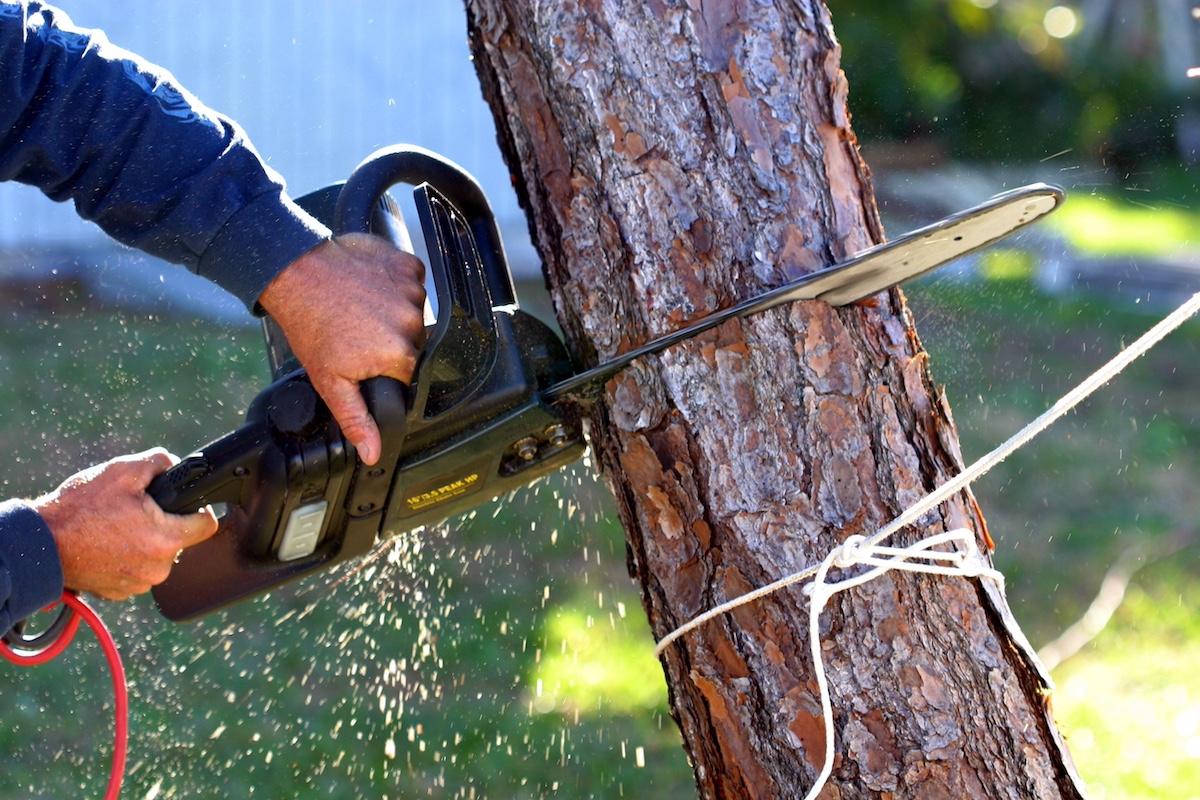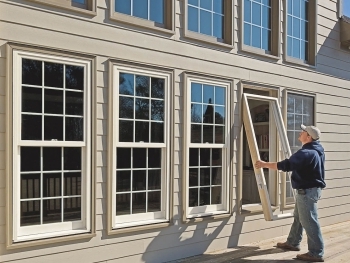Trees are a vital part of our landscapes, providing beauty, shade, and numerous environmental benefits. However, they can also pose risks, especially during severe weather conditions. When a tree falls unexpectedly—whether due to high winds, heavy rain, or other unforeseen circumstances—it can lead to property damage, safety hazards, and emotional distress. Knowing how to respond quickly and effectively can help minimize the risks associated with fallen trees. Here’s a guide on what to do when a tree falls unexpectedly and how to handle emergency tree removal.
1. Ensure Your Safety First
The first step in any emergency situation is to prioritize safety. If a tree has fallen, assess the area for potential hazards before approaching. Look out for:
- Downed Power Lines: If the fallen tree has come into contact with power lines, stay at least 30 feet away and do not attempt to remove the tree yourself. Call your local utility company immediately to report the situation.
- Debris and Sharp Objects: Be cautious of broken branches, debris, and sharp objects that could cause injury. If you are unsure about the safety of the area, keep your distance until help arrives.
- Structural Damage: Check if the fallen tree has caused damage to your home, vehicles, or other structures. If your home is unsafe to enter, evacuate and seek shelter elsewhere.
2. Call for Professional Help
Once you’ve ensured your safety, it’s essential to contact professionals for emergency tree removal. Attempting to remove a fallen tree on your own can be incredibly dangerous, especially if the tree is large or has fallen in a precarious position.
- Contact a Certified Arborist: Look for a licensed and insured tree removal service, like Timber TEKS, that specializes in emergency tree removal. Professionals have the experience and equipment necessary to safely assess and remove fallen trees while minimizing the risk of further damage or injury.
- Provide Information: When you call for help, be prepared to provide specific details about the situation. Mention the location of the fallen tree, any damage it may have caused, and whether it has come into contact with power lines.
3. Document the Damage
Before professionals arrive, take photographs of the fallen tree and any damage it has caused. Documenting the situation can be helpful for insurance claims and to provide clear information to the removal team. Be sure to capture:
- The tree's position: Take wide-angle shots to show how the tree fell in relation to your home, vehicles, and other structures.
- Any damages incurred: Photograph any damage to your property, such as broken fences, damaged roofs, or crushed vehicles.
4. Avoid Risky Decisions
While waiting for professionals, avoid making risky decisions that could lead to further injury or damage. Do not attempt to:
- Cut or Remove the Tree Yourself: Even if the fallen tree appears manageable, cutting it can be dangerous. The weight of the tree, the angle at which it fell, and potential hazards can make the situation unpredictable.
- Climb the Tree: Stay off the fallen tree and any nearby structures, as they may be unstable. Climbing can lead to additional injuries.
- Move Debris or Limbs: If the fallen tree has branches or limbs obstructing pathways or driveways, avoid moving them until a professional assesses the situation.
5. Follow-Up with Cleanup and Repairs
After the emergency tree removal has been completed, it’s important to take care of any remaining cleanup and repairs. Your tree removal service should address the stump and debris, but you may need to consider:
- Stump Grinding or Removal: If a significant portion of the tree remains, you may need to schedule stump grinding or removal to clear the area for landscaping or other uses.
- Landscaping Repairs: Depending on the extent of the damage, you may need to address landscaping issues or replant trees in the future.
- Home Repairs: If the fallen tree caused damage to your property, contact your insurance provider to discuss the next steps for repairs.
6. Prevent Future Incidents
While you can’t control the weather, there are steps you can take to reduce the risk of future tree-related emergencies:
- Regular Tree Inspections: Schedule regular tree assessments with a certified arborist to identify potential hazards, such as weakened branches or diseases that could lead to future falls.
- Proper Tree Maintenance: Invest in routine pruning and trimming to promote healthy tree growth and remove any dead or weak branches.
- Tree Placement: Evaluate the location of trees on your property. Trees planted too close to buildings or power lines are at a higher risk of causing damage if they fall.
Emergency tree removal can be a stressful and hazardous situation, but knowing how to respond can make all the difference. Always prioritize safety, seek professional help, and avoid taking unnecessary risks. At Timber TEKS, we specialize in emergency tree removal services, providing you with the expertise and support you need when unexpected situations arise. If you find yourself in need of assistance after a tree falls, don’t hesitate to contact us for prompt and professional service. We’re here to help you navigate through emergencies and ensure the safety and health of your property.




